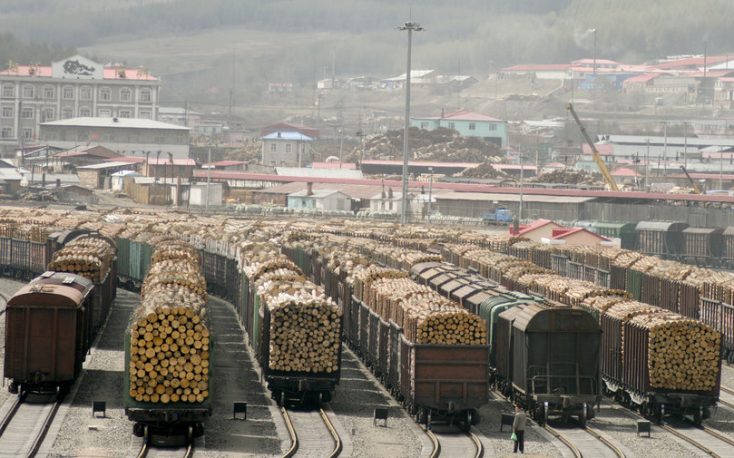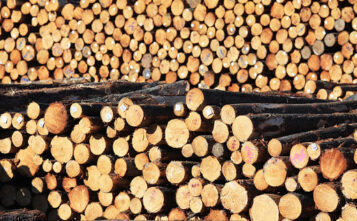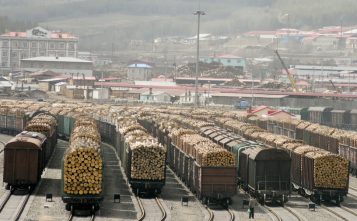The Russian timber sector is in buoyant mood and increasing capacity, including in wood-based construction, after a robust performance in 2017. In 2017 Russia GDP grew 1.5%, successfully taking the country out of economic recession.
The woodworking industries were part of this success, contributing 1.9% to GDP, with the sawmill sector achieving 2.2% growth and its further expansion reflected in a 60.7% increase in production and processing equipment imports.
Sawlog production rose 4% to reach 79 million m3, while exports contracted 1.5% to 11 million m3, with the bulk going to China. Meanwhile market prices for Russian sawn softwood exports grew an average of 10% in Asia, Europe and the Middle East and North Africa (MENA), driven by a number of factors, including demand on the domestic market.
China overall accounted for 58% of sawn timber and 95% of log exports from Russia in 2017. The former percentage represented 21% volume growth to a total of 15.5 million cu.m.
Reflecting the migration to processed timber exports, Manzhouli, the major land port for Russian timber exports to China, achieved a record high volume of sawn timber handled, at 8 million m3 and saw a record low volume throughput of saw logs at 3.8 million m3. In 2017, Russian exporters also started to explore railway connections to China’s Sichuan province using container block trains.
At the same time the reorientation of lumber exports away from CIS and MENA markets continued, resulting in these accounting for just 20% of the total.
In this buoyant market, all major Russian producers reported that they were increasing production volumes, adding shifts and also modernizing technology. Capital investment was estimated to have increased sawn goods capacity by 600,000cu.m in 2017, with a further 500,000cu.m forecast for 2018.
Due to demand, sawmillers in the North West region started to experience some saw log shortages, while Siberia reported record high harvest volumes.
Further reflecting production growth, a number of mills in Siberia and eastern regions have started fuel pellet production to manage by-products output, increasing overall industry capacity by 31%.
Annual plywood production, primarily birch, has been stable at 3.7 million m3 for three years, with 50% exported, mainly to the US, UK and rest of the EU, but an estimated 200,000cu.m of new capacity is forecast to be added this year.
FSC certification has grown to cover 48.3 million hectares of Russian commercial forest. Russia now accounts for 25% of the FSC certified forest area worldwide.









Leave a Reply